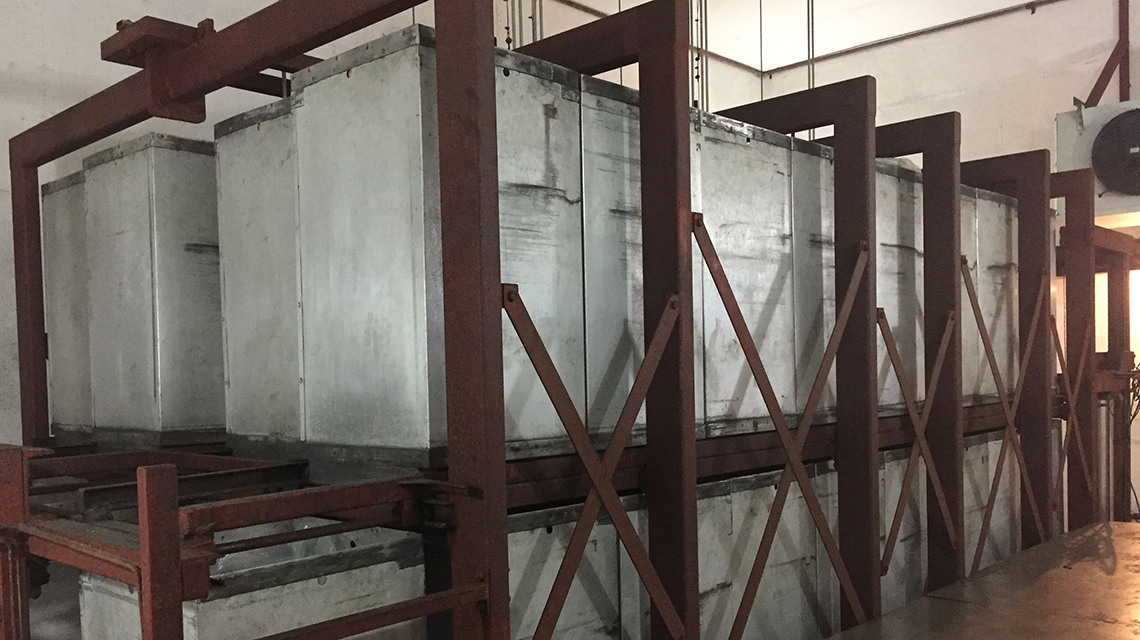The EB irradiator, on the other hand, contains double sided beams, which makes the irradiation process three times quicker than the use of the gamma irradiator, because all areas of the product can be irradiated in a single round. However, the EB irradiator has a limited dimension, with a maximum box size of 60x30x50 cm and weight of 15 kg, so for larger and heavier products gamma irradiation must be used.
The machines work side by side, running 24 hours a day seven days a week, only stopping over the Vietnamese New Year period.
Before the introduction of the gamma irradiator and EB accelerator, spoilage prevention of food products such as seafood, fruits and vegetables was carried out using traditional methods including canning, refrigeration and freezing and chemical preservatives, which due to lower effectiveness, hindered the manufacturers’ ability to export their products.
The irradiation machines were acquired with support from the IAEA’s technical cooperation programme, which also supplied training for staff and expert advice. Viet Nam is one of 40 countries that the IAEA is supporting in this area.

